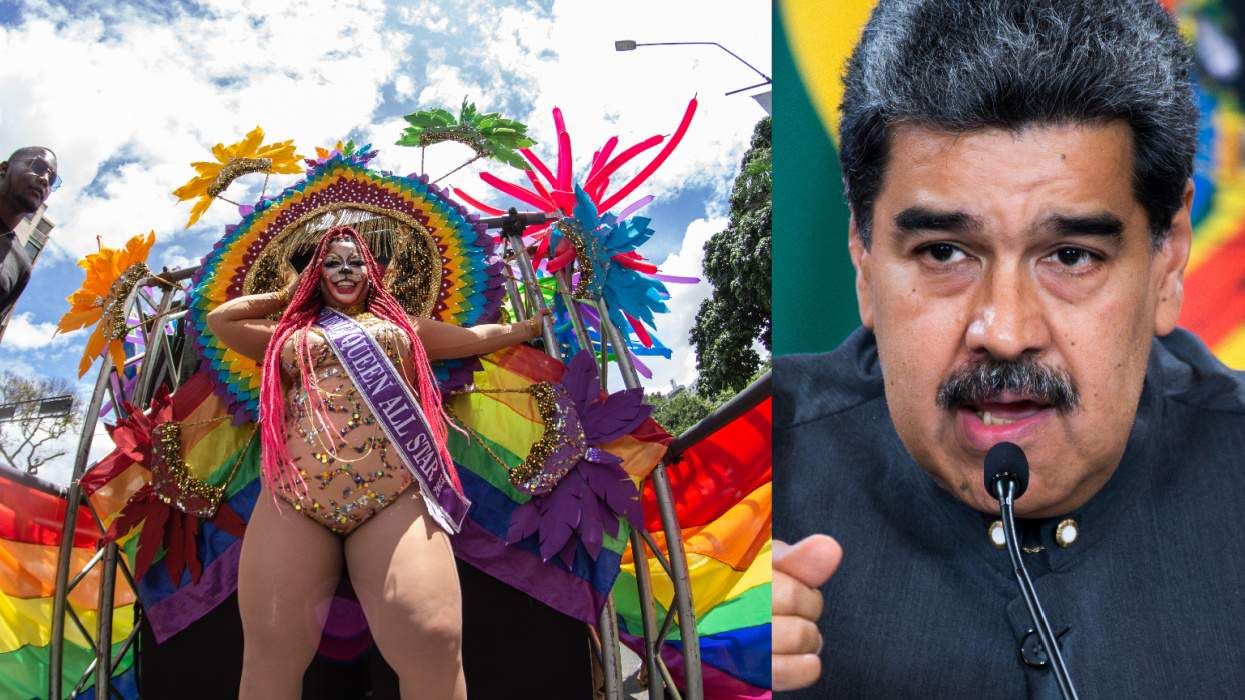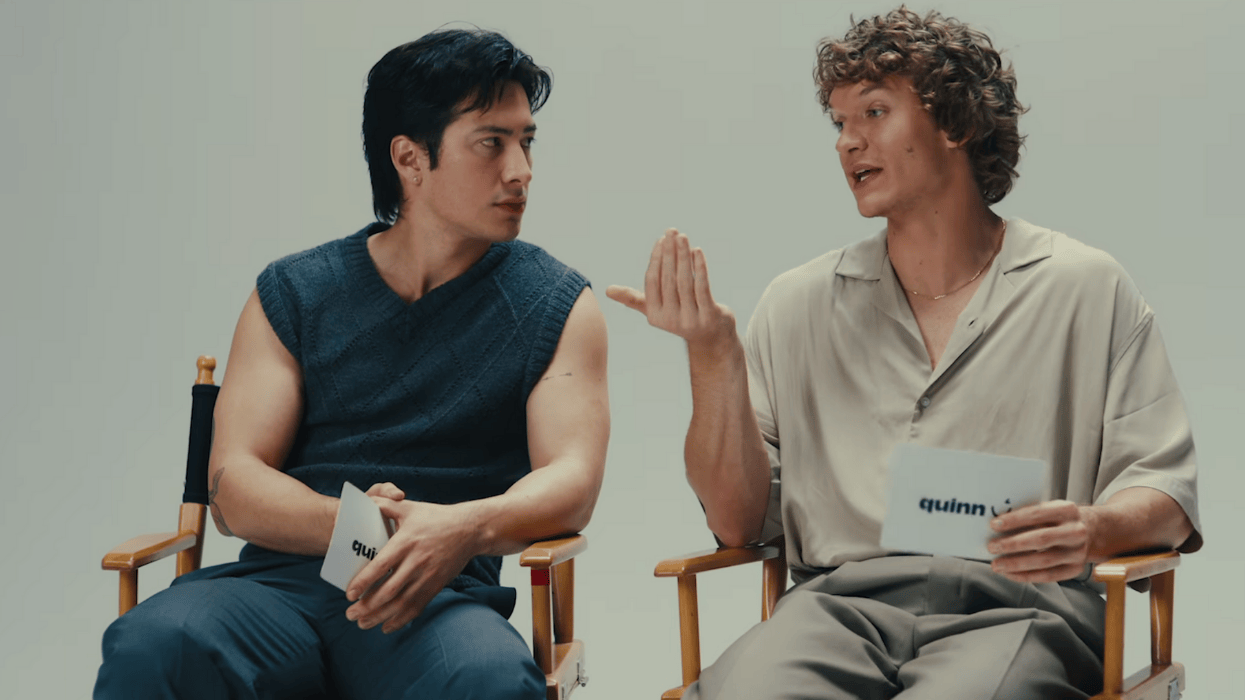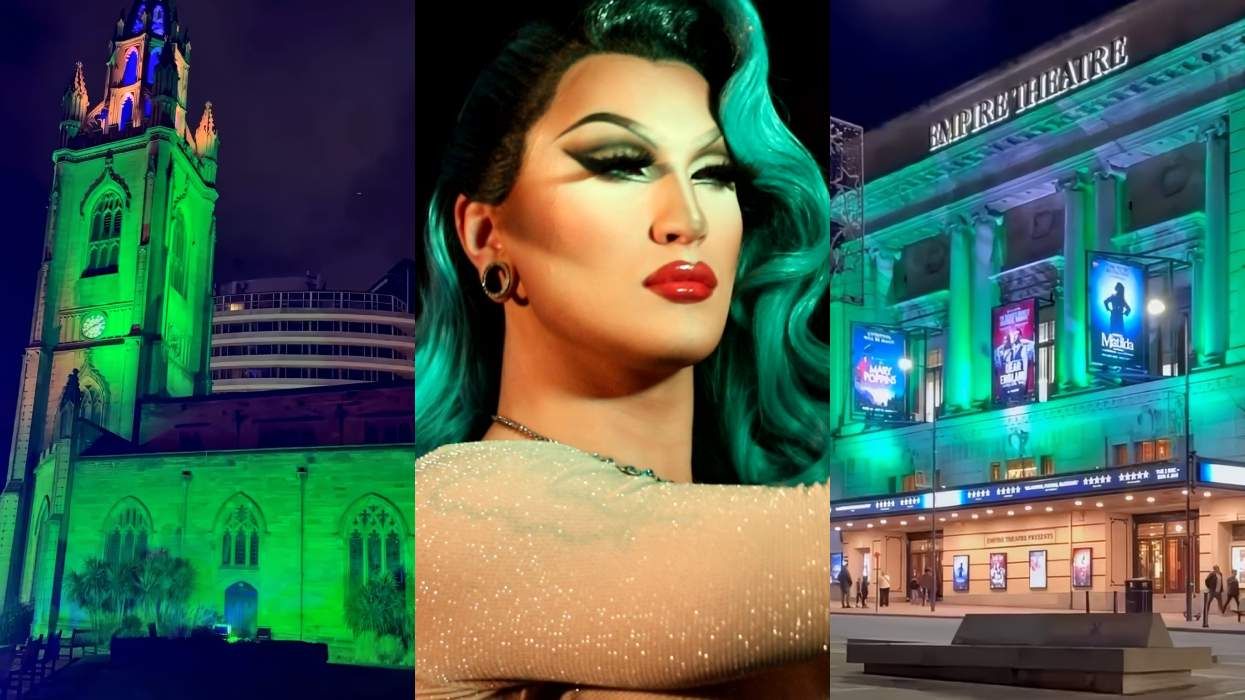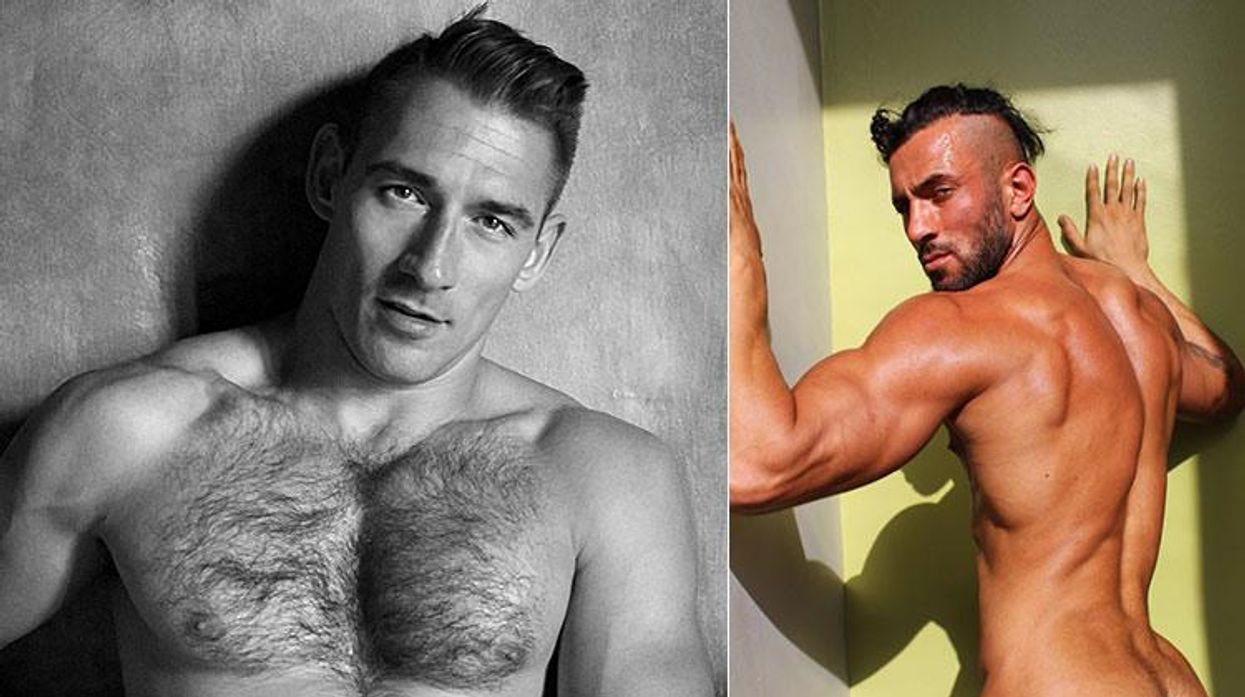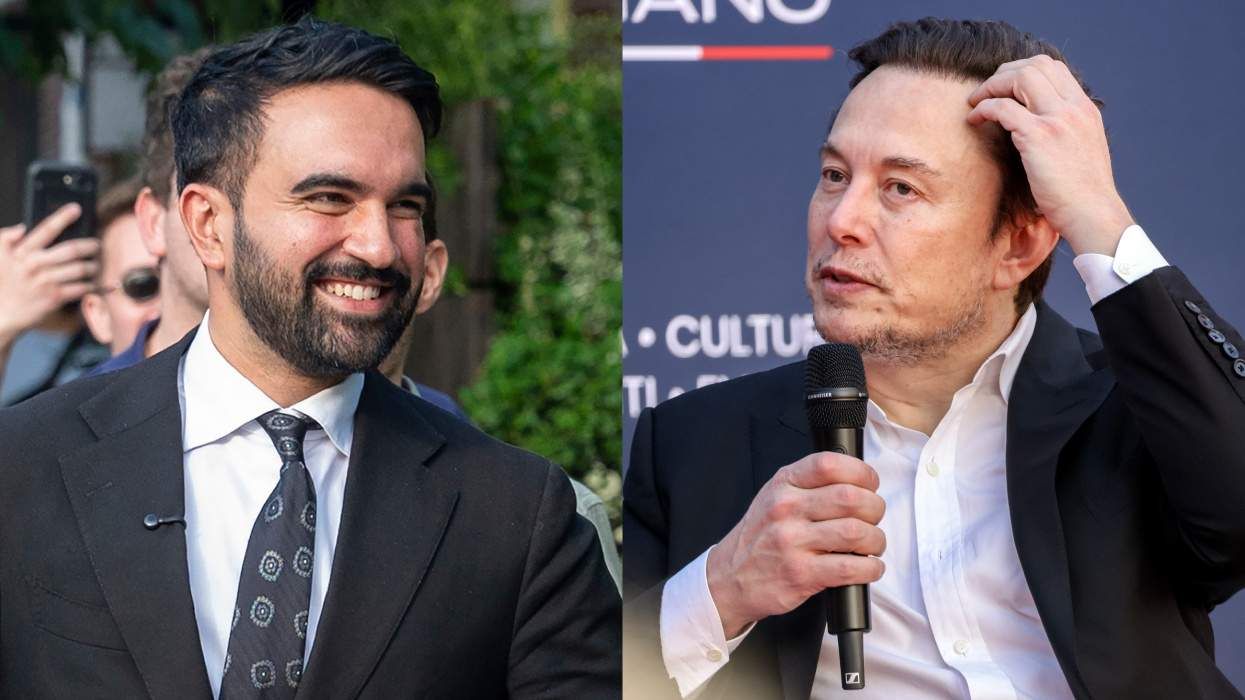More than Angelina Jolie or George Clooney, Spencer Tunick knows how to get people to peel off their clothes. The New York State-based photographer has convinced tens of thousands to stand naked and have their posteriors preserved for posterity. Revered museums around the world have commissioned his work, which requires elaborate organization, quick thinking, and a cool head (Tunick has been arrested numerous times). Tunick's next project will bring him to Australia, where he hopes to photograph a couple thousand naked men and women -- straight and gay -- at the Sydney Opera House on March 1, smack-dab in the middle of Sydney Gay and Lesbian Mardi Gras. Tunick, who is straight, talked to us about why the Sydney shoot means so much to him and why it's so hard to shoot naked Americans.
The Advocate: Why Sydney?
Spencer Tunick: Most of my work is commissioned by contemporary art museums or biennials; I usually keep my pieces under the context of a commission by the art world as opposed to just doing my work at festivals or rock concerts. I want there to be context to the work as opposed to, Here's a bunch of people getting naked. I felt there were a few causes and a few issues I'm very concerned about. One being climate change -- I've done two installations commissioned by Greenpeace.
Equal rights for gay and lesbian couples, which include marriage and rights that all straight married couples have -- in the United States and abroad -- is another issue I care about. This is a civil rights issue, one of the last there is. I wasn't involved in the women's movement or the equality movement of black Americans in the U.S.; I was too young. So, when Sydney Mardi Gras approached me, I wanted to be involved. Hopefully, in my lifetime things will change, and I want to be part of it. I want to to make a piece of art that references this intertwining of gay and straight participants, that creates an equal fabric, and I want to do it at the largest celebration of gay pride in the world.
Do you expect this installation to look different from your others? More plucked or shaved?
I want to say there are more body-conscious people who are gay and lesbian. But then we have the bears. Maybe there's more concern with appearance and the celebration of the body as an object -- from the [gay] participants [though], not from me.
On your website it says the shoot is happening rain or shine. Have
you ever photographed an installation in inclement weather?
I
made a work in Ireland with 2,500 people on a sea wall [in the rain],
and then after two frames, everyone left except 500 people -- they danced
in the water and posed in the bay. It was a very crazed moment. I was
on my megaphone alone, and all these happy but bewildered people ran past
me naked. But a cold, rainy Australia is different than a cold,, rainy
Ireland. And I work fast.
How long do your shoots take?
For
this one we're doing work outside and then we're bringing people
inside the opera house, so we're really immersing ourselves into the
architecture. As I go along I lessen the amount of people. So, if I
start out with 2,000, I separate them either by sex or by age and make
smaller works along the way. So, in the end, I have enough work at the end
of an installation -- maybe six or seven works for an exhibition.
What's the planning been like for this installation?
The arts
media and the general press is very interested in Australia, but I'm
finding it a little difficult to get the straight community to pose
with the gay community. The opposite way is fine. But to get the
straight community to let down their guard amongst the gay community is
more difficult. But two weeks, three weeks from now, I may eat those words. But if I get over 2,000 people, I'm set.
What's your next project after Sydney?
I'm going to surround the courthouse in California with 10,000 people embracing -- naked. Just kidding! I'd
like to do a work in California. There are such amazing landscapes, and the
people are so unique in character. It's really about pulling people
from the city out into nature. I think there's an opportunity to pull
2,000 people from L.A. to Joshua Tree. Or I'd love to do some work in
Vegas, with the glitz and the light. Maybe some night work with the
lights. Someone from the board of tourism [in Las Vegas] was interested, and I asked if there a museum to attach it to. Maybe they got cold feet, because they
never called me back.
The problem with my work is that in the U.S. we
have such great First Amendment rights people fighting for the right to
do nudes on television and the movies. But public space is still a time
bomb. A lot of the laws against nudes in public space are based on
protecting the general public from the porn industry. What that does
is affect artists like myself working with public space in a not-so-aggressive manner. I can be arrested in almost any state; I could end
up in jail for a very long time. It's a very difficult thing for me.
So I'd like to work more in the United States; I hope to fight some of
those corrupt laws that exist against nudity.
Are you breaking the law? Is that why the shoots are so quick?
In
New
York there basically was a law that protected me, but [former mayor
Rudy] Giuliani
didn't care. He said, "Let him sue us -- we'll keep on arresting him and
the participants." Eventually my First Amendment lawyer filed a lawsuit
against the city and sued the police commissioner after my fifth
arrest. The case reached the Supreme Court and Justice [Ruth Bader]
Ginsburg agreed
with the highest New York federal court. Then the Giuliani
administration reappealed to
the entire Supreme Court,
which they rarely do -- maybe for death row sentence cases -- and then the
entire Supreme Court had to look
at the case. They agreed they weren't going to take a ruling
on it and had to uphold the New York State decision. So I eventually
won against Giuliani. One or two arrests for your freedom of artistic
expression is kind of interesting, provocative, hip. But after the
fifth it starts getting depressing and fearful.


